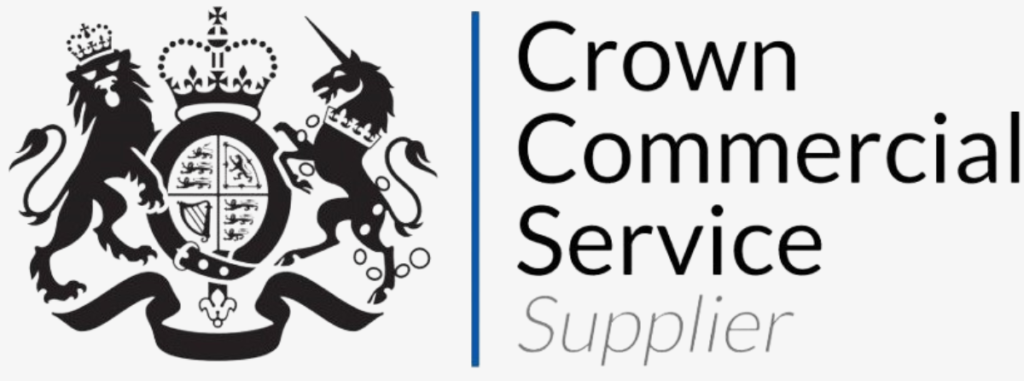The first part of this discussion must be focused on the customer and the customer service that they receive as they are the reason we’re all here. So any organisation looking to provide great service must first and foremost try to look at everything through the customer’s perspective. Because now more than ever, the voice of the customer is loud and public.
The common response is to rewrite frontline employees’ scripts and conduct experimental projects. Those tactics may lead to small improvement, which can work well for a company whose customer service operation is functioning reasonably well. But if the operation is in a worse state, or the company’s industry is being disrupted and customers suddenly have a wider range of choices with several competitors vying for the same customers. Small cases of poor service can be particularly damning. This could be where the need for a deeper cultural change is necessary to succeed.
Don’t start with customer-facing employees.
It is not always the customer-facing employees that is the issue. Instead, make sure they get enough support. After all, customer service reps usually appreciate the importance of satisfied customers; often the real problem lies with logistics, IT, or some other back-end function that isn’t meeting frontline colleagues’ needs. When that’s the case, efforts to retrain customer-facing employees may waste time and create frustration. So, include everyone in service training, and focus special attention on internal service providers.
Have less of an emphasis on training specific skills or scripts.
Educate employees more generally about what “service excellence” means. Companies spend large sums training employees to follow procedures and workflows when interacting with customers. (“If the customer says X, respond with Y.”) They may then monitor phone calls or use “mystery shoppers” to ensure set procedures are being used. But highly scripted employees are often less able to be imaginative or empathetic about a customer’s true needs. A sense of real connection on the other end of the line is sometimes the main part of a customer feeling valued. Being able to explain your issue and get a tailored response is much more satisfying than a robotic generic answer.
Be Aware of the KPI’s for excellent customer service.
when deciding what KPI’s you look at is that if agents know what you are looking for, their behaviour will tend to sway in the direction of satisfying those KPI’s rather than what is for the best for your customers. For example, if you only measure tickets solved or handle time, then agents will likely strive to solve tickets as quickly as possible, and quality may suffer. If you only measure customer satisfaction (CSAT), they may go past the point of diminishing returns in the amount of time they spend on each ticket. To combat these tendency’s, it is worth choosing a set of customer support statistics that balance competing behaviours so that you can get a balance between the customer and agent experience that you strive for. Check out our full blog on KPI’s here
Keep ahead of the pack when it comes to customer service
Improvement is always needed in every line of work, if you do not improve your service as time goes on someone else will improve theirs, which in turn will leave you falling behind and irrelevant. It is important to think about what your customers want from you and what they would like to improve. Some combinations to consider are:
- Improved communication with users
- Increased numbers of channels that you can be reached on i.e live chat, email etc.
- Cost reduction
- More efficient in resolving issues
We hope you can use some of these tips to improve your customer service. why not check out some of our other blogs on various different aspects of a service/help desk here



